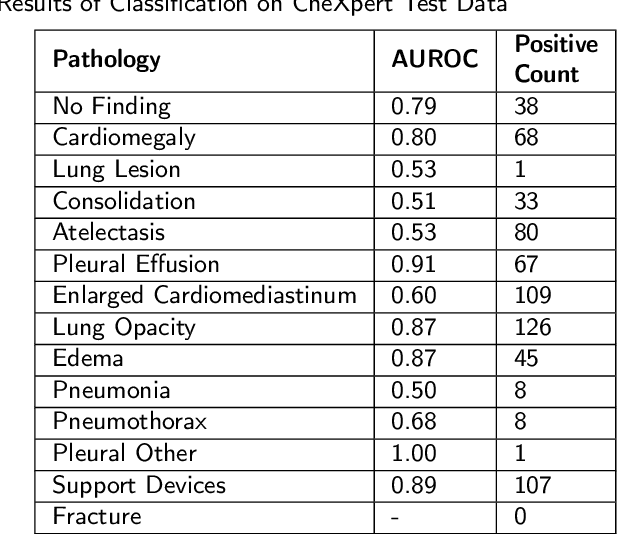Rahim Rahmani
SHAMSUL: Simultaneous Heatmap-Analysis to investigate Medical Significance Utilizing Local interpretability methods
Jul 16, 2023



Abstract:The interpretability of deep neural networks has become a subject of great interest within the medical and healthcare domain. This attention stems from concerns regarding transparency, legal and ethical considerations, and the medical significance of predictions generated by these deep neural networks in clinical decision support systems. To address this matter, our study delves into the application of four well-established interpretability methods: Local Interpretable Model-agnostic Explanations (LIME), Shapley Additive exPlanations (SHAP), Gradient-weighted Class Activation Mapping (Grad-CAM), and Layer-wise Relevance Propagation (LRP). Leveraging the approach of transfer learning with a multi-label-multi-class chest radiography dataset, we aim to interpret predictions pertaining to specific pathology classes. Our analysis encompasses both single-label and multi-label predictions, providing a comprehensive and unbiased assessment through quantitative and qualitative investigations, which are compared against human expert annotation. Notably, Grad-CAM demonstrates the most favorable performance in quantitative evaluation, while the LIME heatmap segmentation visualization exhibits the highest level of medical significance. Our research highlights the strengths and limitations of these interpretability methods and suggests that a multimodal-based approach, incorporating diverse sources of information beyond chest radiography images, could offer additional insights for enhancing interpretability in the medical domain.
Gateway Controller with Deep Sensing: Learning to be Autonomic in Intelligent Internet of Things
Sep 18, 2020



Abstract:The Internet of Things(IoT) will revolutionize the Future Internet through ubiquitous sensing. One of the challenges of having the hundreds of billions of devices that are estimated to be deployed would be rise of an enormous amount of data, along with the devices ability to manage. This paper presents an approach as a controller solution and designed specifically for autonomous management, connectivity and data interoperability in an IoT gateway. The approach supports distributed IoT nodes with both management and data interoperability with other cloud-based solutions. The concept further allows gateways to easily collect and process interoperability of data from IoT devices. We demonstrated the feasibility of the approach and evaluate its advantages regarding deep sensing and autonomous enabled gateway as an edge computational intelligence.
 Add to Chrome
Add to Chrome Add to Firefox
Add to Firefox Add to Edge
Add to Edge